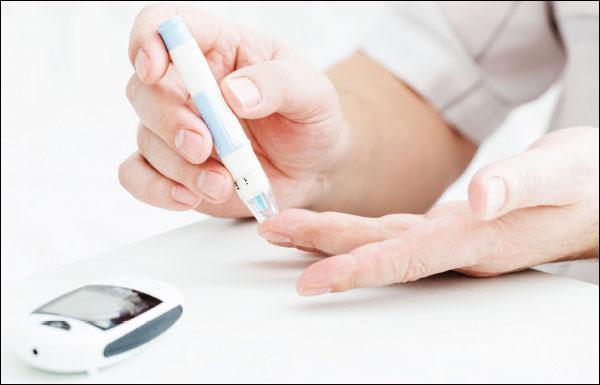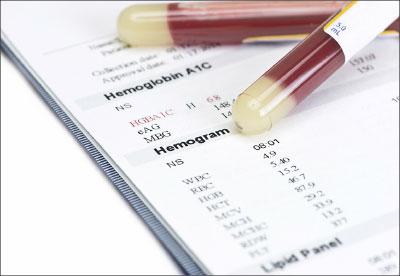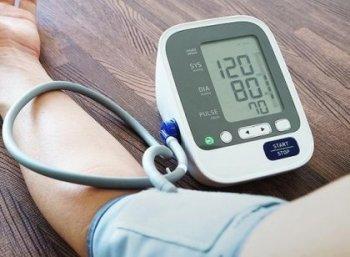Changing the acceptable blood glucose level, Conspiracy to increase the number of diabetics
Changing the acceptable blood glucose level, Conspiracy to increase the number of diabetics
Diabetes is a metabolic disorder and though it is concerned about the body sugar (glucose) level its effects are not sugary. Many of the young and old are more concerned about the disorder. Once it strikes a person it will invite other infectious and organ related diseases gradually. Whether one is diabetic or not can be confirmed through blood glucose test. The acceptable levels before food range from 70 to 99 mg/dl and it should be below 140 mg/dl after food. There is another accurate method where HbA1c is analysed in the blood instead of blood glucose levels.

A epidemiology research conducted in 2017 revealed that there is one diabetic person per eleven people in the world. Though this metabolic disorder could not be cured completely one can protect oneself from its harmful health effects by maintaining the blood glucose levels within the prescribed levels. Many of us would not be aware of the most accurate method of testing HbA1c levels as a confirmatory and bench mark method for proper monitoring. The common blood glucose test will only provide an index of glucose level in the blood at the time of testing and its level in the previous day, at the most. But with regard to HbA1c method it will provide an index of blood glucose level for the past three months, how it has been controlled and monitored. American Diabetes Association has initiated a controversy by raising the levels of HbA1c. We enquired about the raise in the levels of HbA1c by the American Association with Dr Ramkumar, a Diabetologist and Endocrinologist.
“There will be increase in glucose in the blood when Pancrease, one of the endocrine glands is not functioning properly or not releasing insulin adequately. It’s better for the diabetic patients to check their HbA1c levels along with testing their blood glucose levels. The HbA1c level denotes the glucose levels in the red blood corpuscles. It is analyzed through HPLC method. By testing HbA1c level we can confirm whether a person is having diabetes or not and if affected how the levels are managed for the past three months. With that level doctors can prescribe drugs.
If the HbA1c level is up to 5.6 % it means that there is no diabetes and the person is normal. If it is 5.7 – 6.4% the person is at the pre diabetic stage and there is a possibility for the person to have diabetes in the future. If the level is more than 6.5% the person is diabetic. For the diabetic patients HbA1c test will be done two to three times in a year. If the level is 6.5 – 7% it means the glucose level is under control. If it is more than 7% it means that it us uncontrolled and if it is more than 8% it means that the condition is worst.

The problem is now with the prescribed acceptable levels of HbA1c . The 7% HbA1c level denoting glucose under control has been raised to 8 by the American College of Physicians. But in contrast the American Association of Clinical Endocrinology has declared that 6.5% is the perfect level. And the American Diabetes Association has stated 7% as the right level.
HbA1c Levels (%)
| |
4 – 5.7
|
Normal
|
5.7 – 6.5
|
Pre diabetes
|
6.5 – 7
|
Under control
|
7 – 8
|
Not under control
|
Above 8
|
Worst
|
In India, most of the doctors measure the HbA1c level based on the age of the patient and other health issues the patient is having. Generally, patients are advised to keep the blood glucose levels between 6.5 and 7% only. For example, those who do not have any other health issues are advised to keep the HbA1c as 7% as accurate as possible. If the patient has other health issues, they are advised to keep it at 8% as their body would not be able to lower its level. In this condition, when a person with no other health issues except diabetes is advised to keep the HbA1c level at 8% the person may become complacent thereby inviting the danger of increased glucose levels in the blood harming the body. If the levels are increased there will be other health complications. For example, there will be a danger of gaining heart attacks, strokes and kidney related complications”.
Reason for controversy
The way the American Diabetes Association has increased the levels of HbA1c, recently the American Cardiologists Association has decreased the acceptable blood pressure levels. What the blood pressure level till now as 140/90 mmHg was decreased to 130/80 mmHg. We enquired about these kinds of changes in the acceptable levels with Dr K Ganesan.

“If the HbA1c level is changed to 8, those who fall between 7 and8 % will tend to become complacent thinking that they are in the safe zone and glucose is under control. They might even relax their treatment methods as well. The research results of the American Diabetes Association are based on the lifestyles of their population. Based on their statement, it was revealed that there would not be any impact if their HbA1c levels are between 7 and 8%. Their research was not based on the Indian conditions considering the food, environmental and climatic conditions. You may then ask a question that ‘if that is so who recommended the current acceptable levels of 6.5 – 7%’. That is a theoretical level based on the collectively researched by the countries around India, such as China, Pakistan, Srilanka and Bangladesh. Therefore what is appropriate for us is 6.5-7% only.
These kinds of expanding the acceptable levels may lead to aggravating one’s disease condition or may lead somebody who is normal into health complications. These changes are not unusual. There have been many such researches on glucose levels, cholesterol levels conducted by the American Institutions and alternative levels have been recommended. By increasing the number of patients only the drug makers could benefit out of it. All those researches by the American Institutions will not be applicable for all regions and all times. It will vary according to the regions. The central government should intervene in these kinds of issues and support researchers based on Indian conditions. At least, currently there should be a resolution not to accept those recommendations. Based on the researches conducted in India with its unique conditions and populations, the acceptable levels should be changed. That’s the only right way”.


Comments
Post a Comment